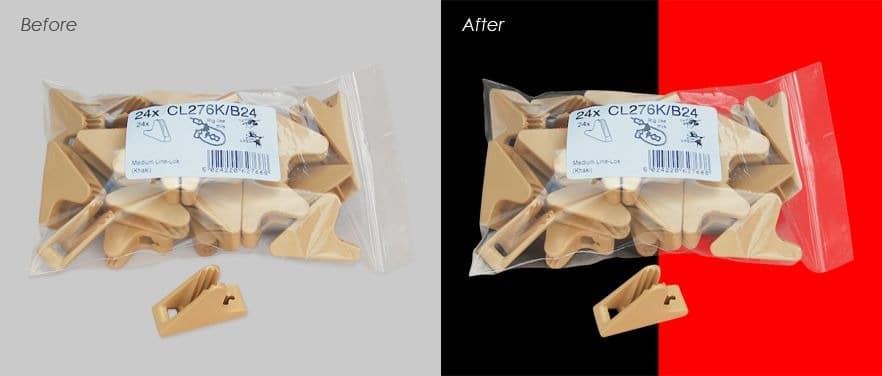Precision Image Masking Techniques, In the ever-evolving realm of digital imagery, achieving perfection in visual content is paramount. Image masking service emerges as a powerful technique, allowing professionals to transcend the limitations of conventional editing tools. This comprehensive guide will delve into the intricacies of image masking, shedding light on its definition, applications, and the underlying mechanisms that make it an indispensable tool for graphic designers, photographers, and businesses alike.
I. Understanding Image Masking Service
Image masking is a sophisticated photo editing process that involves isolating specific portions of an image for manipulation or enhancement. This technique is particularly useful when dealing with complex subjects like hair, fur, or intricate details, where conventional methods like background removal may fall short. Image masking service employs advanced tools and techniques to create a detailed mask that precisely defines the areas to be altered.
A. Types of Image Masking
- Layer Masking: Layer masking involves the creation of a grayscale image, commonly known as a mask, to determine the transparency of specific parts of a layer. This technique is highly versatile and is often used for non-destructive editing.
- Clipping Mask: Clipping mask involves using the content of one layer to control the visibility of another. It is particularly effective when intricate adjustments are required within a confined area.
- Alpha Channel Masking: Alpha channel masking utilizes the alpha channel of an image to isolate and manipulate specific areas. This method is especially effective for images with soft edges, such as hair or smoke.
- Transparency Masking: Transparency masking involves creating a mask based on the transparency levels of an image. This technique is valuable when dealing with subjects that have varying levels of opacity.
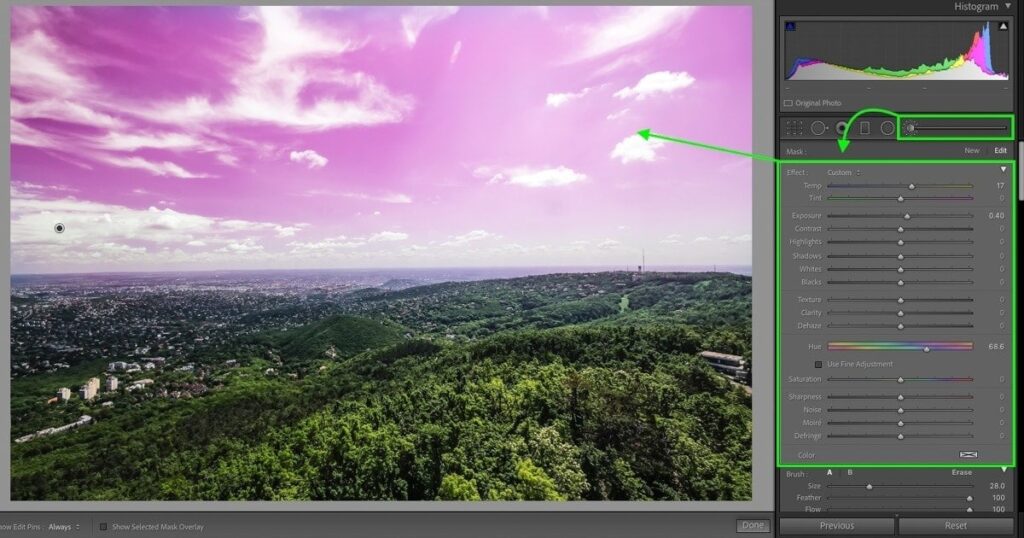
II. Applications of Image Masking
- Product Photography: Image masking is widely employed in e-commerce for refining product images. By isolating products from their backgrounds, businesses can present a polished and professional appearance, enhancing customer trust and engagement.
- Fashion Industry: Image masking plays a pivotal role in the fashion industry by allowing designers to make intricate adjustments to clothing items or models. This is particularly crucial when dealing with items like lace, mesh, or detailed accessories.
- Advertising and Marketing: In the competitive landscape of advertising and marketing, captivating visuals are key. Image masking service enables marketers to create attention-grabbing campaigns by manipulating backgrounds, enhancing product features, or creating thematic compositions.
- Photography Retouching: Photographers leverage image masking to refine portraits, focusing on details like hair, facial features, or accessories. This technique ensures that the final image meets the highest standards of quality and aesthetics.
III. The Working Mechanism of Image Masking Service
- Selection Tools: Image masking involves meticulous selection, and professionals utilize a variety of tools for this purpose. Commonly used selection tools include the Magic Wand, Quick Selection Tool, and the Pen Tool. The choice of tool depends on the complexity and nature of the image.
- Creation of Masks: Once the selection is made, masks are created to define the areas of the image that require manipulation. This process involves the generation of grayscale images, where white represents the selected area, and black signifies the unselected portion.
- Refinement and Adjustment: Image masking is an iterative process that demands precision. Professionals refine the masks through manual adjustments, ensuring that the edges are seamless and transitions are smooth. This meticulous approach guarantees a natural and realistic final result.
- Integration with Editing Software: Image masking service seamlessly integrates with popular photo editing software such as Adobe Photoshop. Professionals leverage the powerful features of these tools to execute intricate manipulations, delivering stunning and flawless results.
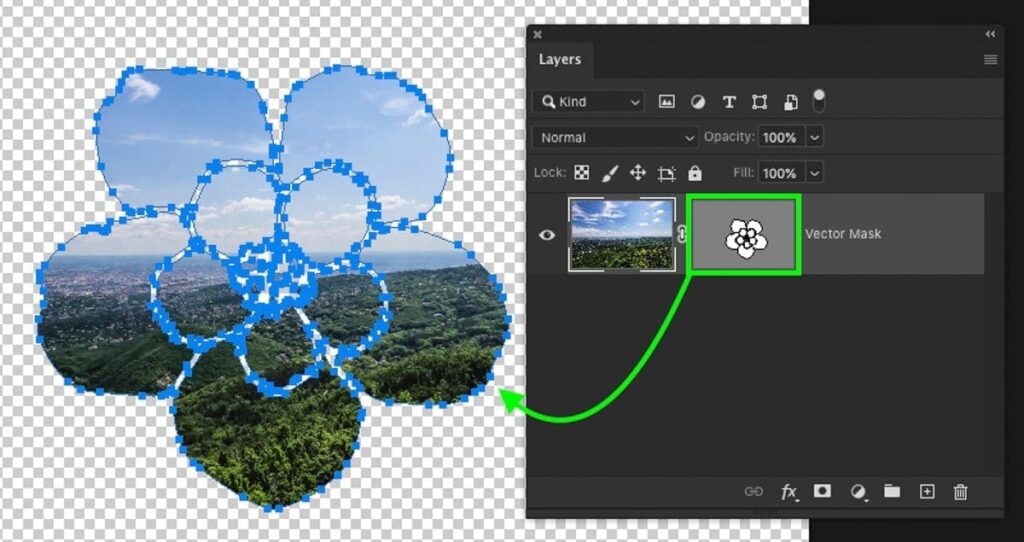
IV. Benefits of Image Masking Service
- Preservation of Original Quality: Unlike traditional methods that may compromise image quality, image masking service allows for non-destructive editing. The original image remains intact, ensuring that no details are lost during the editing process.
- Precision in Detailing: Image masking excels in preserving the intricate details of a subject, making it the preferred choice for tasks like hair or fur isolation. The precision achieved through image masking contributes to a more realistic and visually appealing final product.
- Versatility in Editing: The versatility of image masking extends to a wide range of editing tasks, from background removal to color correction and retouching. This adaptability makes it an indispensable tool for professionals working across diverse industries.
- Enhanced Aesthetics: By allowing professionals to isolate and manipulate specific elements within an image, image masking service contributes to enhanced aesthetics. Whether it’s refining product images or perfecting portraits, the result is a visually striking composition that captivates the audience.
V. Choosing the Right Image Masking Service Provider
- Expertise and Experience: When selecting an image masking service provider, consider their expertise and experience in the field. Look for a team that has a proven track record of delivering high-quality results across various industries.
- Technology and Tools: Ensure that the service provider utilizes the latest technology and tools for image masking. This includes proficiency in popular photo editing software and a commitment to staying abreast of advancements in the field.
- Turnaround Time: Timely delivery is crucial in the fast-paced world of digital content creation. Choose a service provider that can efficiently manage projects without compromising on quality.
- Client Testimonials and Reviews: Gauge the reputation of the image masking service provider by reviewing client testimonials and online reviews. Positive feedback is indicative of a reliable and trustworthy partner.
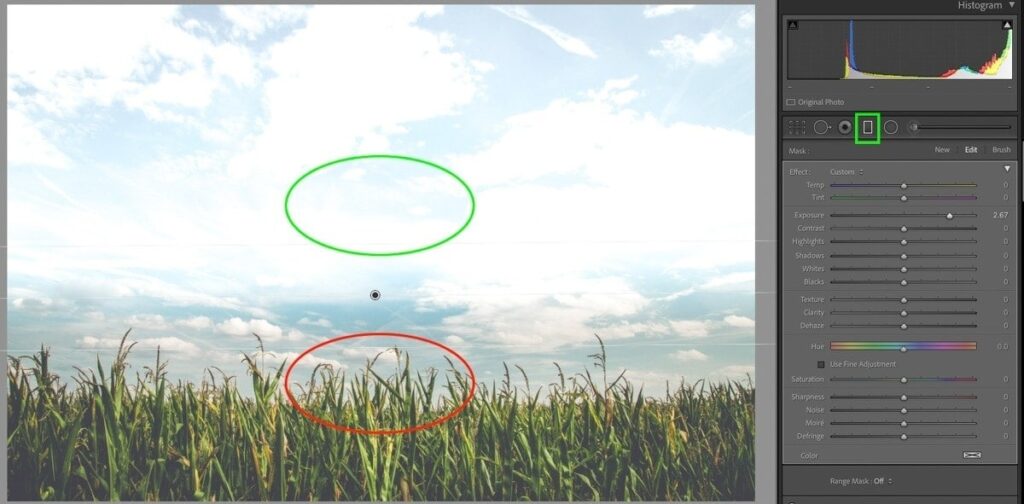
VI. Tips for Effective Image Masking
- Choose the Right Tool for the Task: Different image masking tasks require different tools. When working on simple selections, the Magic Wand or Quick Selection Tool may suffice, while complex tasks may demand the precision of the Pen Tool. Understanding the strengths of each tool ensures efficient and accurate masking.
- Refine Edges for Seamless Blending: The success of image masking lies in the seamless blending of the masked area with the rest of the image. Utilize the “Refine Edge” feature available in many photo editing software to fine-tune the edges, ensuring a natural transition between the masked and unmasked regions.
- Utilize Layer Effects and Adjustments: Beyond basic masking, leverage layer effects and adjustments to enhance the overall impact of your edited image. This includes adjustments such as brightness, contrast, and color balance, as well as creative effects like shadows and highlights to add depth.
- Experiment with Different Blending Modes: Blending modes can significantly influence the visual impact of masked elements. Experiment with different blending modes to achieve the desired look. Overlay, Soft Light, and Multiply are commonly used blending modes that can add depth and richness to your compositions.
VII. Common Challenges in Image Masking and Solutions
- Complex Backgrounds: Dealing with intricate or cluttered backgrounds can pose a challenge during image masking. In such cases, breaking down the masking process into smaller sections and tackling each one individually can simplify the task.
- Fine Detailing: Achieving precision in fine details, such as hair or intricate patterns, requires patience and skill. Employing advanced tools like the “Mask Edge” feature in Adobe Photoshop or using specialized brushes can help refine these details with greater accuracy.
- Consistency Across Multiple Images: Maintaining consistency in image masking, especially when working on a series of images, is essential. Creating templates, using the same selection tools and techniques, and adhering to a standardized workflow can ensure uniformity across multiple images.
- Quality Control: Thorough quality control is crucial to delivering flawless results. Regularly zoom in and inspect the masked areas for any artifacts, jagged edges, or inconsistencies. This meticulous approach helps catch and rectify issues before the final delivery.
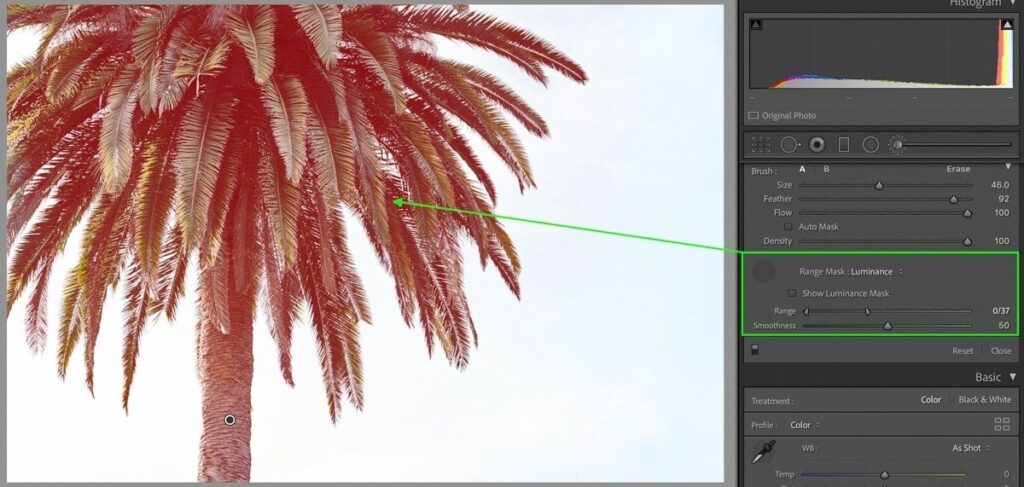
VIII. Future Trends in Image Masking
- Artificial Intelligence Integration: The integration of artificial intelligence (AI) in image masking is poised to revolutionize the field. AI algorithms can automate certain aspects of the masking process, speeding up workflows and enhancing efficiency while maintaining high-quality results.
- Real-time Collaboration Tools: As remote collaboration becomes increasingly common, real-time collaboration tools for image masking are likely to gain prominence. These tools enable multiple users to work on the same project simultaneously, fostering seamless teamwork and faster project completion.
- Augmented Reality (AR) and Virtual Reality (VR) Applications: Image masking is expected to play a vital role in AR and VR applications, where realistic and dynamic visual elements are crucial. The ability to mask and manipulate elements in real-time will be integral to creating immersive and engaging AR and VR experiences.
X. Frequently Asked Questions (FAQs) about Image Masking Service
- What is the Difference Between Image Masking and Clipping Path? While both image masking and clipping path involve isolating specific parts of an image, the key difference lies in the complexity of the objects being manipulated. Clipping path is suitable for simple shapes, while image masking excels in handling more complex subjects with intricate details.
- Can Image Masking Be Applied to Transparent Objects? Yes, image masking is well-suited for transparent objects. Alpha channel masking, in particular, allows for the precise isolation and manipulation of transparent elements within an image.
- Is Image Masking Only Used for Removing Backgrounds? No, image masking is a versatile technique that goes beyond simple background removal. It is used for a wide range of editing tasks, including color correction, retouching, and enhancing specific elements within an image.
- How Does Image Masking Benefit E-commerce Businesses? For e-commerce businesses, image masking is invaluable in creating polished product images. By removing distracting backgrounds and focusing on product details, businesses can enhance the visual appeal of their offerings, leading to increased customer engagement and conversions.
- Can Image Masking Service Be Applied to Group Photos? Yes, image masking service can be applied to group photos. It allows for the isolation and individual manipulation of each person within the group, ensuring that each individual stands out while maintaining a cohesive overall composition.

XI. Best Practices for DIY Image Masking
- Use High-Resolution Images: Start with high-resolution images to ensure that you have sufficient detail for precise masking. Low-resolution images may result in loss of detail and compromise the quality of the final output.
- Master the Selection Tools: Familiarize yourself with the various selection tools available in your chosen photo editing software. Practice using tools like the Pen Tool, Magic Wand, and Quick Selection Tool to understand their strengths and limitations.
- Work in Layers: Utilize layers in your photo editing software to maintain a non-destructive workflow. This allows you to make adjustments without altering the original image, providing flexibility and ease of correction.
- Refine Edges Carefully: Pay attention to edge refinement to achieve a seamless blend between the masked and unmasked areas. Experiment with the “Refine Edge” feature and use soft brushes for a natural transition.
XII. Conclusion: Mastering Image Masking for Visual Excellence
In the ever-evolving landscape of digital content creation, mastering image masking service is a pathway to unlocking unparalleled visual excellence. Whether you are a seasoned graphic designer, a budding photographer, or a business owner seeking to enhance your brand’s visual appeal, understanding the intricacies of image masking is a valuable asset.
From its diverse applications in e-commerce, fashion, advertising, and photography to its role in preserving original image quality and achieving precision in detailing, image masking service stands as a cornerstone for professionals seeking perfection in their visual compositions.
As technology continues to advance, image masking is poised to evolve with the integration of artificial intelligence, real-time collaboration tools, and applications in augmented and virtual reality. Staying abreast of these trends ensures that professionals remain at the forefront of innovation, delivering cutting-edge and visually stunning content.
In conclusion, image masking service is not merely a tool; it is an art form that empowers creatives to transcend the boundaries of conventional editing, opening doors to a world of limitless possibilities. Whether you choose to enlist the services of a professional image masking provider or embark on a DIY journey, the key lies in understanding the nuances, embracing best practices, and unleashing the full potential of image masking for visual excellence.

